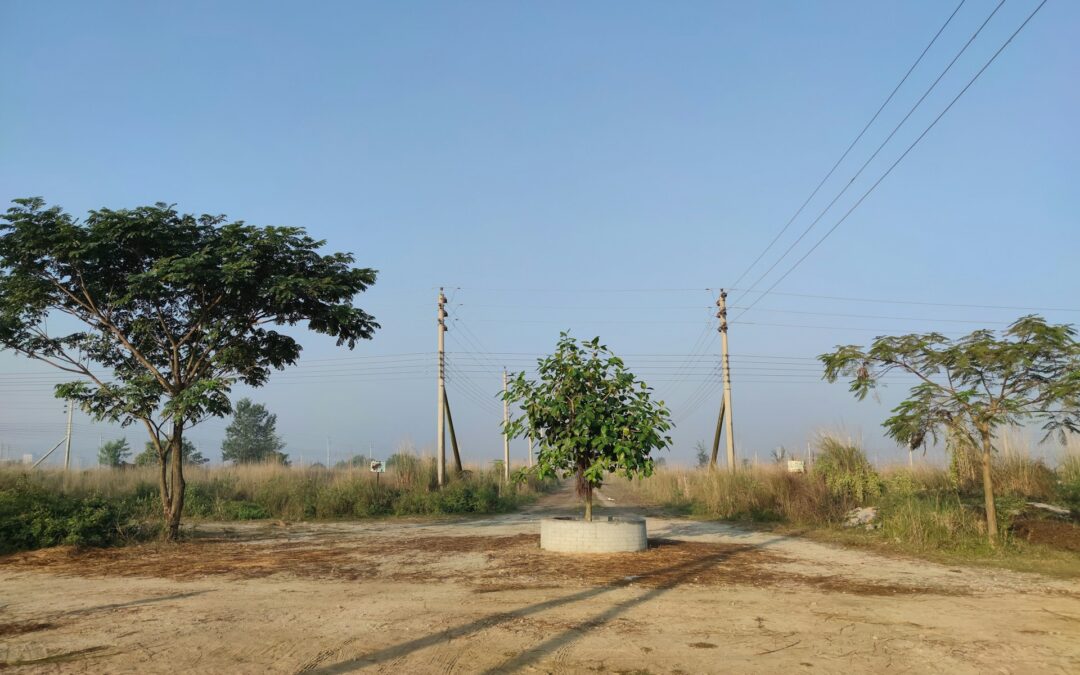Finding the perfect land can feel like a win all on its own. Maybe the view is just right, the trees line up in a way that feels peaceful, or the location is close to everything that matters. It’s easy to picture morning coffee on the future porch or kids running through a yard that doesn’t even exist yet. But sometimes, that exciting plot of land brings a pause instead of progress. When your perfect land isn’t ready for building, the dream doesn’t stop—it just takes a little more time and planning to make it real.
There are good reasons why some pieces of land can’t be built on right away. Whether it’s about getting the ground ready, bringing in some key utilities, or making sure water drains the right direction, early delays are common. That doesn’t mean something’s wrong with the land. It just means extra steps are needed first. And in the meantime, there’s more you can do than you might think.
Why a Beautiful Lot May Need Extra Prep
A property that looks great on the surface might still need work before building can begin. What you can’t see right away—like the slope of the land, the soil underneath, or what’s missing underground—often turns out to be what matters most.
Here are a few common reasons a site isn’t ready yet:
– No access to water, electricity, or septic systems
– Poor drainage or soil that needs testing or improvement
– No existing driveway or road entrance to reach the lot easily
– Grading that needs to be adjusted so the home sits level and safe
In North Texas, some parts of the land roll with hills or sit in wide, flat stretches. Depending on where you are—Parker County’s open spaces or a tucked-away lot in Wise County—different kinds of prep might be needed. And that means timing can shift. It’s normal for custom builds to include problem-solving like this early on. It’s how the home gets built the right way, not just the quickest way.
Shelton Custom Homes takes care in evaluating utility needs, soil stability, grading, and access from the onset so each foundation is started on secure ground.
What You Can Do While You Wait
When the land isn’t quite ready, that doesn’t mean you’re stuck doing nothing. In fact, this pause can give you time to make better choices about the home you’re going to build. Too often, decisions get rushed right when building begins. But when things slow down on the site, you get breathing room to think things through.
That extra time can go toward sharpening your plans. Maybe the floor plan needs a tweak. Maybe you want to think more about how sunlight hits certain rooms. If you haven’t picked finishes or materials yet, now’s the time to dig into those ideas without pressure.
You can even use this time to think through outdoor elements:
– Where will the fire pit go?
– Do you want a garden bed, or will that space be better left open for future ideas?
– Will there be shade in the afternoon, or would a small pergola help?
All of these decisions shape how your future home feels—not just on move-in day, but years down the road. Taking time now often makes those choices stronger and less stressful later.
Working with the Land You Have
It’s easy to think land is just land—but each lot has its own shape, personality, and quirks. When we look at a site, we’re not just checking for space. We’re looking at the slope, the way water moves, the type of soil sitting below the surface.
In some cases, the right call is to shift the home slightly on the lot. A few feet can change how stable the house is or how stormwater flows off the property. That might not sound like much, but it plays a huge role over time.
So before digging or pouring anything, professionals will check the land carefully. That might include a soil test, a look at how nearby land sits, or figuring out how a driveway should be angled. These early decisions don’t always feel exciting, but they help prevent big headaches later. They give the house a safer base. And they make sure the space around your home stays usable and dry—even when thunderstorms hit hard.
Shelton Custom Homes uses geotechnical analysis, drainage planning, and on-site adjustments in each project to work with the land’s natural advantages and limitations.
Timing Around the Texas Climate
In this part of the country, the time of year can be just as important as the land itself. Fall here means cooler mornings and softer sunlight—good conditions for getting work done outside. It’s cooler than summer but still dry enough to move equipment and shape the lot.
When the ground is too wet from storms, or baked dry from long summer heat, it can slow everything down. Heavy rains might flood a trench before the work is finished. Extreme heat can harden soil and make digging much harder. That’s why October works better than July for some of the first stages of readying land.
Sometimes, delays aren’t because anything went wrong. It might just not be the best month to begin. Paying attention to climate means less rework, better prep, and a smoother build once things start moving.
Building Ahead of the Build
Starting with land is a big deal. It means the heart of the project is in place—even if the house doesn’t show up right away. Some lots need a little time before they’re ready, and that’s okay. Slow starts don’t mean stalled progress.
Good planning in these early months often leads to smarter builds later on. And the choices you settle on during these waiting periods help shape what the home becomes. Whether you’re finalizing design ideas, watching the seasons shift, or waiting for soil to dry, every step adds to what you’re building—piece by piece.
No dream home appears all at once. Sometimes, it begins quietly with a pause, a little patience, and a view that’s worth the wait. That’s where thoughtful homes find their start.
While the land is still being prepared, we often use that time to work through design details, planning steps, and other early decisions. To see how those pieces fit into the full process, take a look at our custom home builder in Texas approach.

